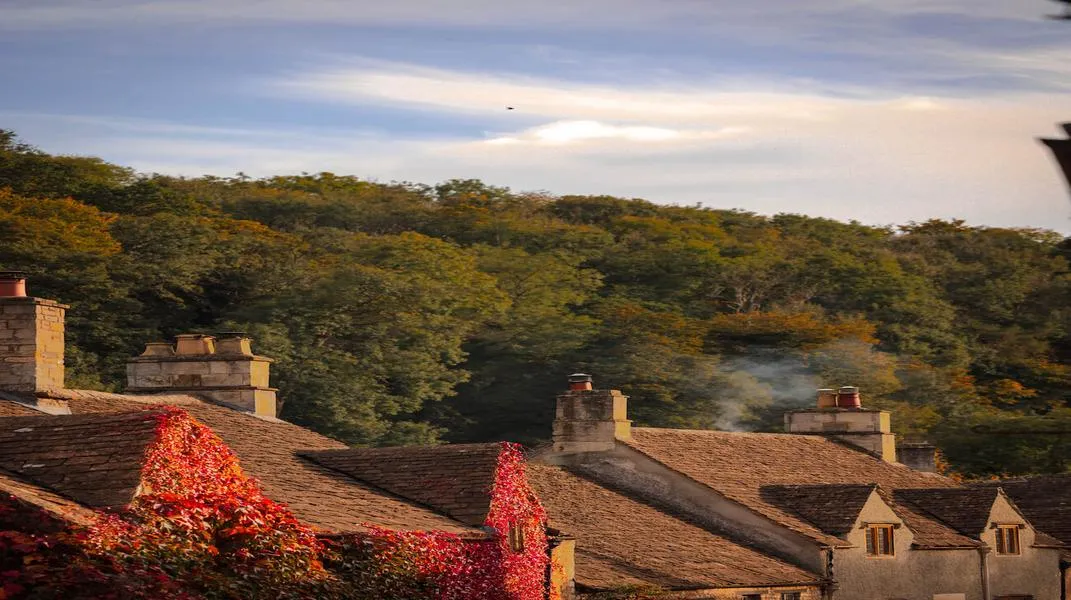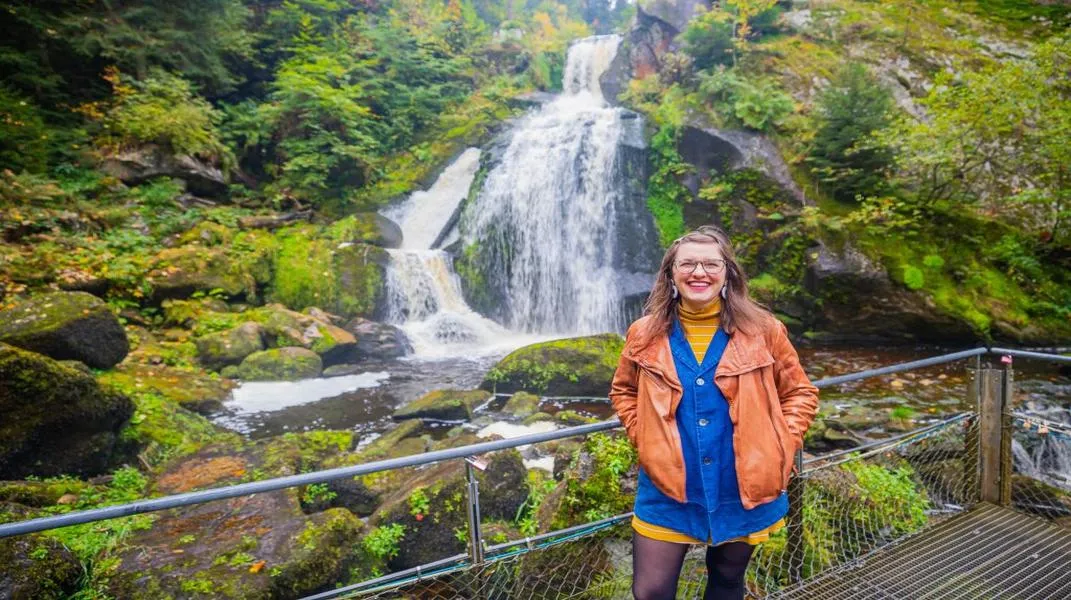Discovering the Charm of the Cotswolds: A Comprehensive Guide for Tourists
Nestled in the heart of England, the Cotswolds is a picturesque region known for its rolling hills, quaint villages, and rich history. Designated as an Area of Outstanding Natural Beauty (AONB), the Cotswolds spans several counties, including Gloucestershire, Oxfordshire, and Wiltshire. With its charming stone cottages, vibrant gardens, and scenic landscapes, the Cotswolds attracts millions of visitors each year, making it one of the most beloved tourist destinations in the United Kingdom. This article will provide a detailed overview of the Cotswolds, highlight its main attractions, and offer essential tips to prepare for your visit.

A Glimpse into the Cotswolds
The Cotswolds is characterized by its unique limestone geology, which has given rise to the iconic honey-colored stone buildings that adorn its villages. The region's history dates back to the Roman era, and it has been shaped by centuries of agriculture, craftsmanship, and trade. Today, the Cotswolds is a perfect blend of natural beauty and cultural heritage, offering a wide array of activities for tourists.
Key Attractions
1. Charming Villages
The Cotswolds is home to numerous villages, each with its own character and charm. Some of the most notable include:
- Bourton-on-the-Water: Often referred to as the "Venice of the Cotswolds," this village is famous for its tranquil river, charming bridges, and delightful shops. The Model Village, a one-ninth scale replica of Bourton-on-the-Water, is a must-visit.
- Bibury: Known for its iconic Arlington Row, this village is often cited as one of the most beautiful in England. The row of cottages, which date back to the 17th century, is a popular subject for photographs and paintings.
- Stow-on-the-Wold: This historic market town is renowned for its antique shops and art galleries. Stow-on-the-Wold is also home to the impressive St. Edward's Church, known for its unique door that is framed by ancient yew trees.
- Chipping Campden: This town boasts stunning Cotswold architecture and a rich history. The Market Hall, built in the 17th century, is a focal point, while the nearby Hidcote Manor Garden offers a beautiful horticultural experience.
2. Breathtaking Landscapes
The Cotswolds is renowned for its stunning landscapes, making it an ideal destination for nature enthusiasts. Here are some highlights:
- Cotswold Way: This 102-mile long-distance footpath runs from Chipping Campden to Bath, offering breathtaking views of the countryside. The path winds through rolling hills, woodlands, and charming villages, allowing hikers to experience the natural beauty of the region.
- Broadway Tower: Perched on a hilltop, this iconic tower offers panoramic views of the Cotswolds and beyond. Visitors can climb to the top and enjoy the breathtaking scenery, and on a clear day, you may even see as far as Wales.
- Sudeley Castle: Set within stunning gardens, this historic castle is surrounded by scenic countryside. Visitors can explore the grounds, learn about the castle's fascinating history, and enjoy the beautiful floral displays.
3. Rich History and Culture
The Cotswolds is steeped in history, with numerous historical sites and cultural experiences available to visitors:
- Cotswold Motoring Museum: Located in Bourton-on-the-Water, this museum showcases a collection of vintage cars, memorabilia, and exhibits that celebrate the history of motoring in the UK.
- Westonbirt Arboretum: A stunning collection of trees and plants from around the world, Westonbirt Arboretum is particularly beautiful in the autumn when the leaves change color. The arboretum offers walking trails, educational programs, and events throughout the year.
- Theatre Royal: Located in Bath, this historic theatre is one of the oldest in the country and hosts a variety of performances, including plays, musicals, and comedy shows.
Preparing for Your Visit
To ensure a smooth and enjoyable trip to the Cotswolds, it's essential to prepare adequately. Here’s a comprehensive checklist of materials and considerations to keep in mind:
1. Travel Arrangements
- Transportation: Decide how you will get to the Cotswolds. Options include driving, taking a train to a nearby town, or joining a guided tour. If you’re planning to explore the area extensively, consider renting a car for greater flexibility.
- Accommodation: Book your accommodation in advance, especially during peak tourist seasons (spring and summer). Options range from luxury hotels and charming bed and breakfasts to self-catering cottages and campsites.
2. Clothing and Gear
- Weather-Appropriate Clothing: The weather in the Cotswolds can be unpredictable, so pack layers. Comfortable clothing and sturdy walking shoes are essential, especially if you plan to hike the Cotswold Way or explore the countryside.
- Rain Gear: Given the region's propensity for rain, a waterproof jacket or umbrella is advisable.
- Backpack: A small backpack can be useful for carrying essentials during day trips, including water, snacks, and any personal items you may need.
3. Essential Items
- Maps and Guides: While smartphones are handy, having a physical map or guidebook can be beneficial, especially in areas with limited cell service. Look for local walking guides or tourist brochures available at visitor centers.
- Camera: The Cotswolds is incredibly photogenic, so don’t forget to bring a camera or smartphone to capture the stunning landscapes and charming architecture.
- Notebook or Journal: If you enjoy documenting your travels, consider bringing a notebook to jot down your experiences, thoughts, and observations.
4. Activities and Attractions
- Advance Reservations: For popular attractions, such as Sudeley Castle or the Cotswold Wildlife Park, consider booking tickets in advance to avoid disappointment.
- Local Events: Check local listings for events, festivals, or markets happening during your visit. The Cotswolds hosts various events throughout the year, including food festivals, craft fairs, and seasonal celebrations.
- Dining Reservations: If you plan to dine at popular restaurants or pubs, making reservations can help ensure that you have a table waiting for you after a long day of exploring.
Conclusion
The Cotswolds is a treasure trove of natural beauty, historical significance, and charming villages, making it a must-visit destination for travelers seeking a quintessential English experience. With its stunning landscapes, delightful attractions, and rich cultural heritage, the region offers something for everyone.
By taking the time to prepare adequately for your visit, you can enhance your experience and create lasting memories in this enchanting part of England. Whether you’re hiking along the Cotswold Way, exploring the quaint streets of a village, or enjoying a leisurely afternoon tea, the Cotswolds promises a journey filled with charm, beauty, and wonder.




